Misato Okaneya works under the unique title of “World Kitchen Explorer” and is involved in a wide range of genres.
She travels the world to visit various household kitchens to experience the realities of local life first hand by cooking with the locals. As she explores these experiences from a social and cultural standpoint, she thoroughly examines her discoveries and questions which she shares with others through her lectures and writings.
Okaneya studies everyday life that exists beyond cooking through her unique approach and keen observation to analyze and share her findings with others in an easy to understand manner.
Her books dispel common stereotypes we have about other countries and cultures and she takes us into an exciting new world that expands our interests far beyond cooking.
All of her findings come from first hand experiences, which makes them even more compelling and her intellect and curiosity is contagious.
We spoke to Okaneya to learn more about the various tea times she has encountered around the world, the different lifestyles, social structures, and cultures that surround them, and how she defines tea from her unique perspective.
(text:Kaori Ezawa、photo:Yuko Kawashima、edit:Emi Kawasaki)
Treating each other to chai tea on the streets of India
When we asked Okaneya about what her most memorable experiences with tea have been in the world, she shared many scenarios that she encountered.
Her first example was the chai she had on the streets of India.
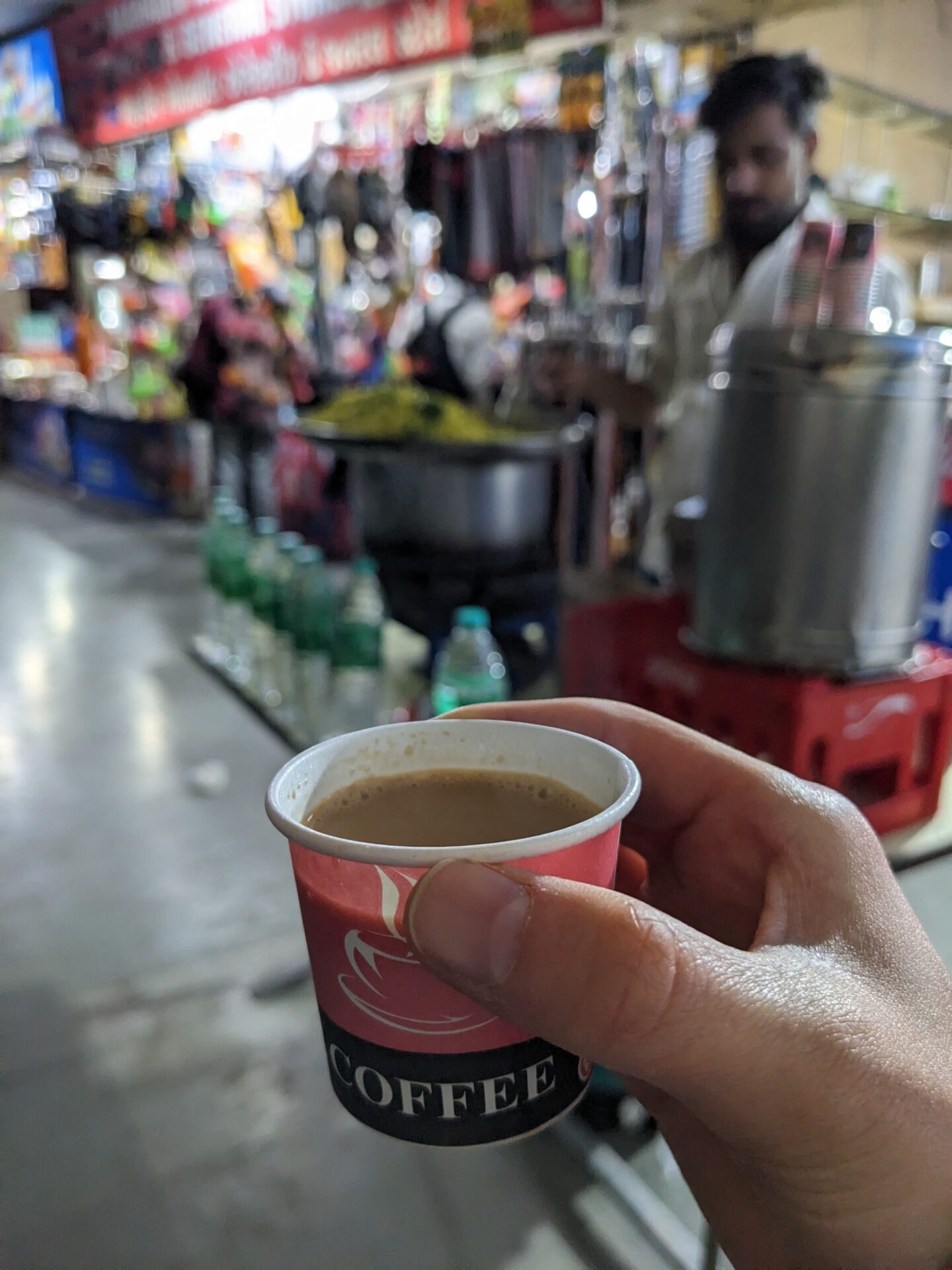
“In Rajasthan, India, chai was sold in cups that were the size of tasting cups. Groups of about ten men would come out to the streets to hang out during break hours and simply chat with their friends. In these gatherings one person would buy a cup of chai for everyone in the group. If someone joined the group later, they would buy another cup to treat that person as well.”
“On a different day, someone else treats everyone to a cup of chai. By treating and being treated to a cup of tea, they build their relationships with others and expand their connections.”
“The chai is not expensive, but I think this custom of treating each other must be very pleasant and rewarding for everyone. I felt that having tea as a tool for communication in this way brings richness into people’s lives.”
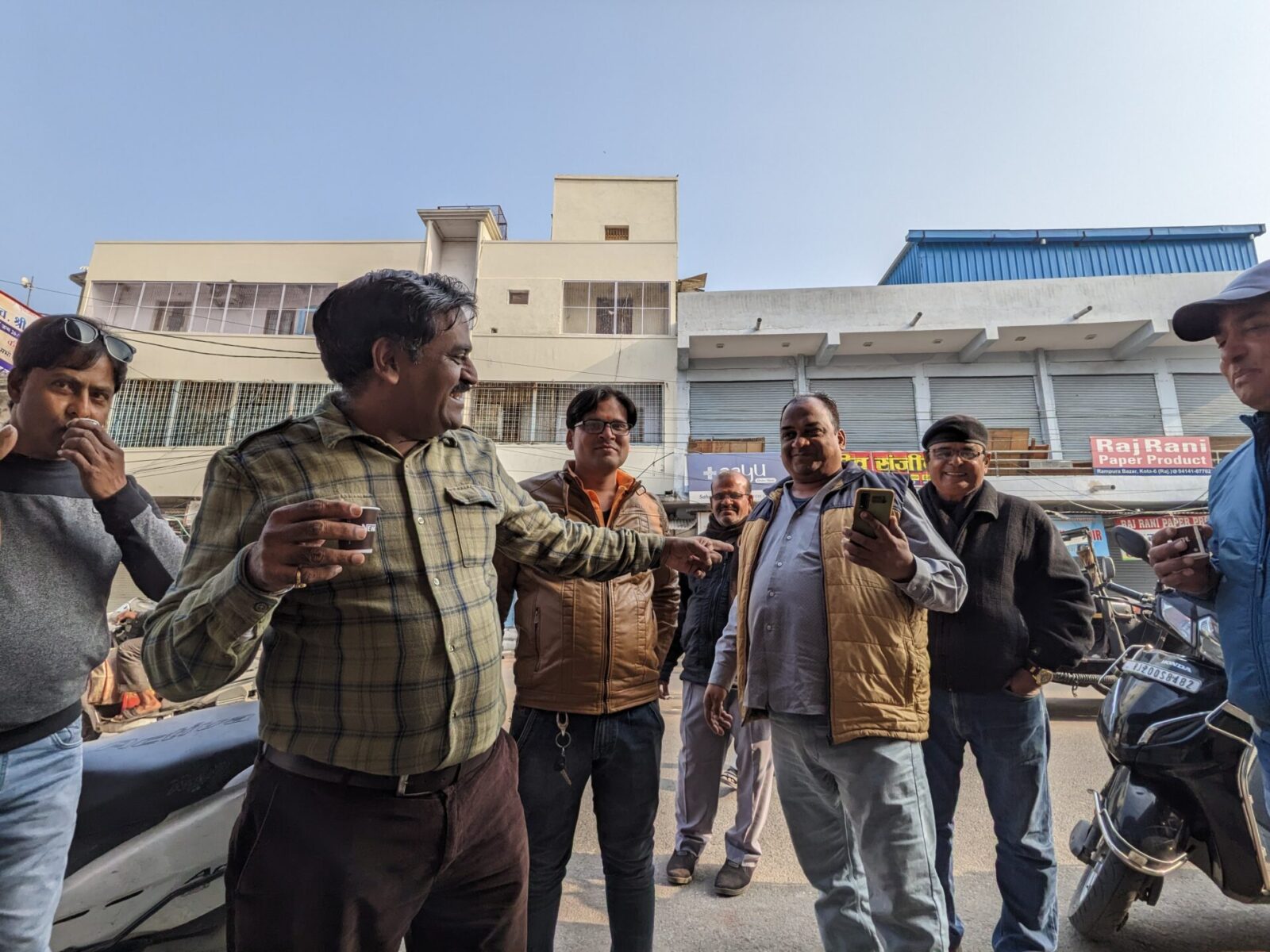
Okaneya asked one of the locals why the tea cups are so small and they answered, “It is so we can drink many times a day.”
For the people of India, perhaps it is more important to share multiple pleasant moments with friends over a small cup of tea than to have a large cup of tea alone.
Evening tea time in Jordan
Jordan is a country in the Middle East where people start work early in the morning. They eat a late lunch after work around 14:00~16:00 o’clock, which acts as their main meal of the day. Because of this, they do not eat a big dinner. Instead, they often have a light tea in the evening.
“It is not really a proper “tea time”, but more like a casual gathering of family which often leads to neighbors joining in.”
“If they feel a little hungry, they snack on nuts and fruits while they drink tea. It is like a casual time for chit-chat. They serve tea and snacks that are easy to prepare and spend time together. I found it very nice that they are able to create a casual space and time like that.”

In Japan, solitary eating has become a social problem but many people also feel pressure and stress when eating in a group. Okaneya learned that chatting over tea and nuts was more than enough to spend quality time with others and she says this discovery was comforting.
She found that it is possible to create a family meal without much preparation.
The people of Jordan also drink tea in small cups and the tea sets are usually sold in sets of 10 to 12 cups, indicating that it is customary to drink tea in large groups.
“I felt that the number of tea cups reflected their culture that welcomed everyone, no matter the number. I believe that Japan had a similar culture in the past. When I go to the countryside, I see similar scenes and it makes me realize that it is a culture that has become discarded in the modern world that prioritizes efficiency.”
Tea for breakfast in Sudan
In her travels, Okaneya encountered scenarios where tea was not only used as a shikohin to connect people, but also acted as a part of a meal.
“In India and Sudan, people have sweet milk tea and cookies for breakfast. I was surprised that people would have sweets for breakfast at first, but the nutrition that the body needs in the morning is a drink to make up for the water we lose at night, sugar to provide energy for the brain, and a little protein. Sweet milk tea fulfills all those requirements.”
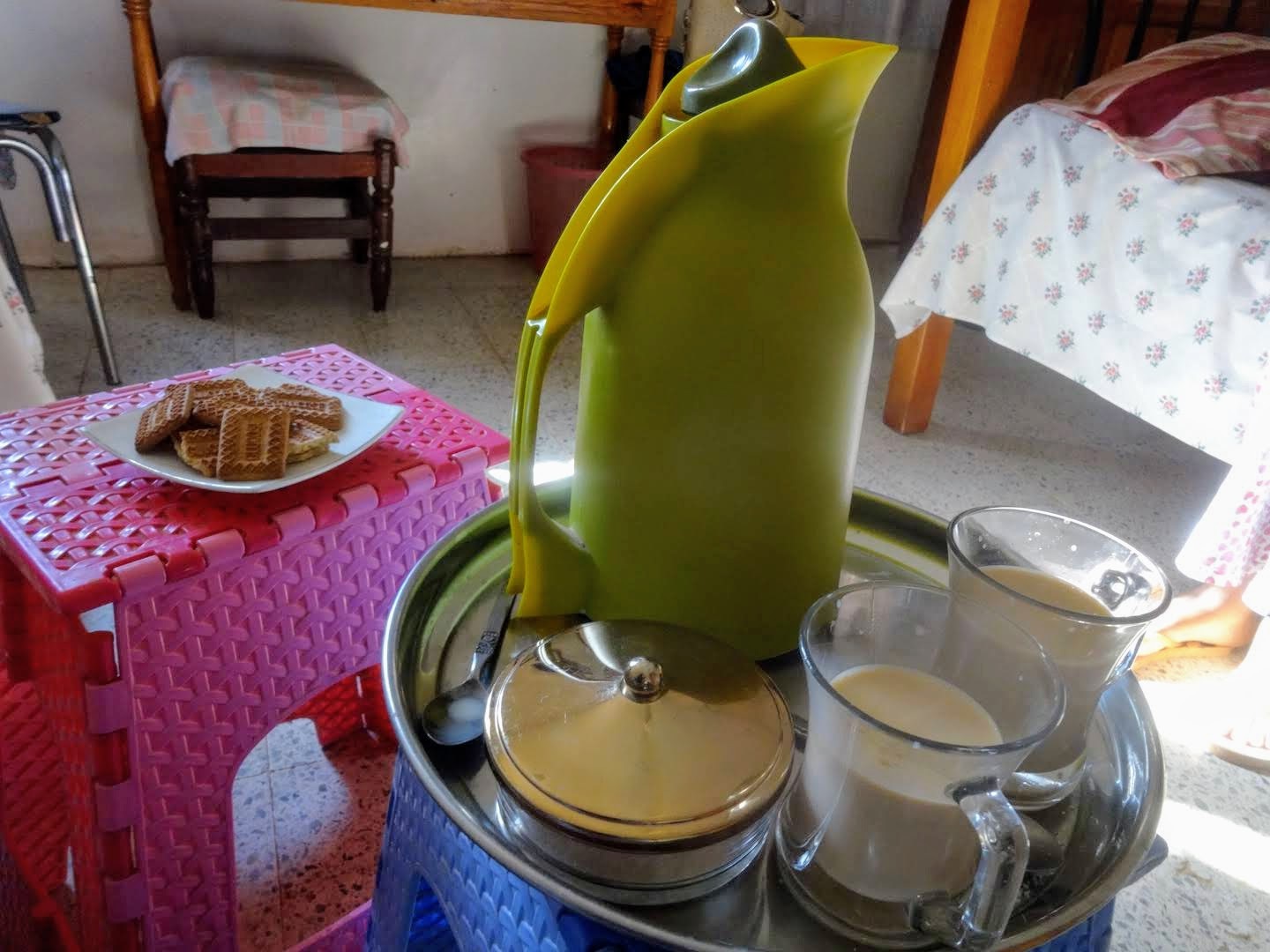
“Dipping biscuits in milk tea and eating them is somehow filling. I am not sure why they choose milk tea over warm milk, but it may be for flavor or for the added caffeine. I found that there are many different styles in consuming tea.”
Indeed, tea is a useful tool in creating rhythm in your life. It is fascinating that tea has spread so widely around the world and has taken root as part of so many various cultures and lands.
Tea create spaces where we “belong”
So what exactly is tea?
Hearing about Okaneya’s experiences awakens our curiosity and deepens our interest, making us want to learn more and more.
Okaneya describes tea time as a place that provides comfort and lets you know you are welcome.
When someone treated me to a cup of chai on the streets of India, it made me so happy. I felt like I was welcomed into the group at that moment.”
“When someone serves you tea in their home, they do not necessarily verbally say “welcome” or “you are welcome to stay here”, but you feel their sentiment. This is why I feel comfort when I am offered tea and it makes me feel like I belong.”
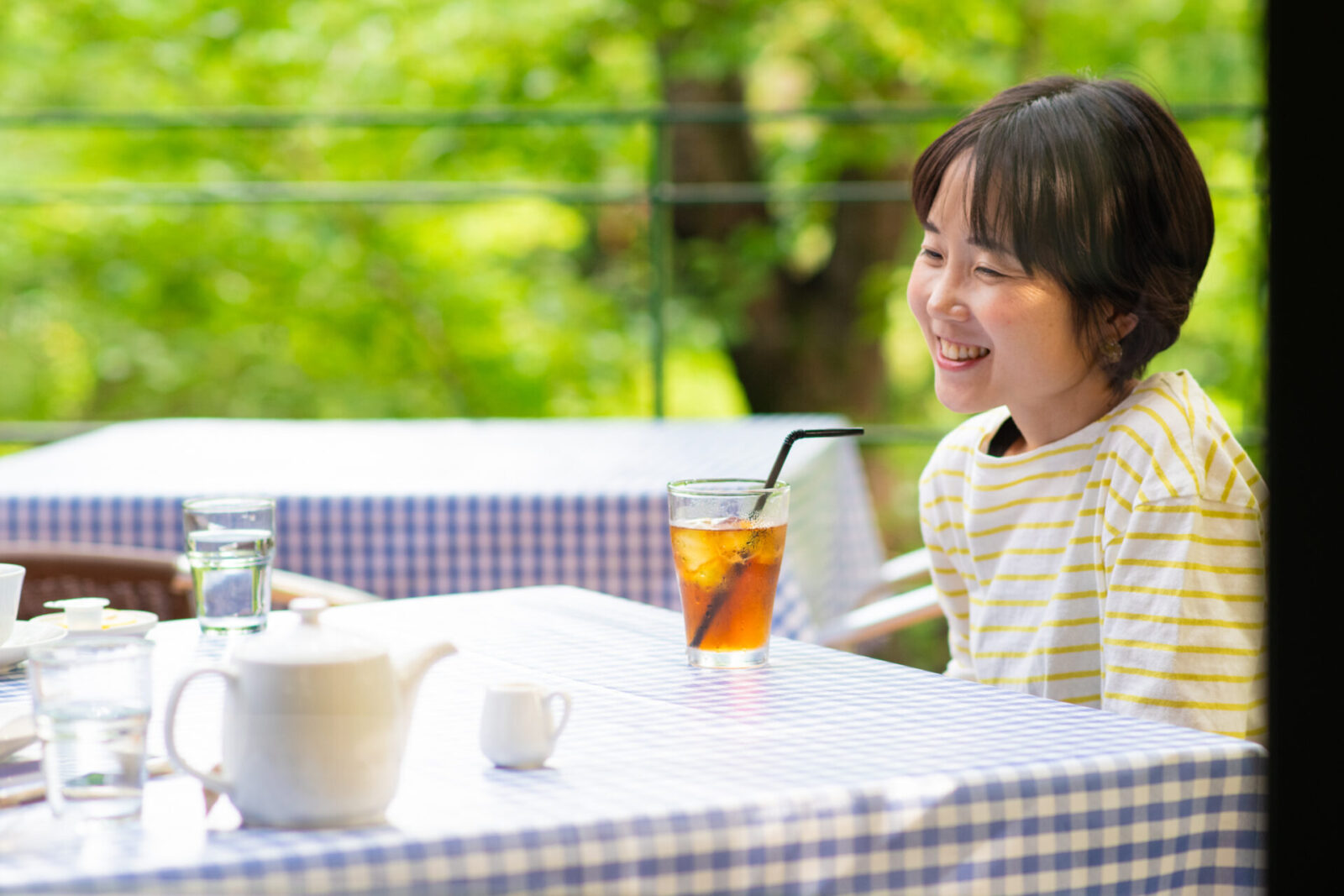
Okaneya’s study takes her to far away countries and she says that traveling always comes with a little bit of unease and feelings of loneliness. “I always worry a little about whether a foreigner like me will be welcomed and accepted.”
It is tea time that always provides ease to such concerns.
“People often ask me how I communicate or what language I speak when I travel overseas, but it is very common that I don’t speak the language at all. However, when there is tea and snacks on the table and I show that I am happy, they express happiness too. Because we have tea, we are able to share time together without words and it feels like we are having a conversation.”
Okaneya says that these interactions make her feel like she is accepted and it brings her a deep sense of ease. Tea allows people who may otherwise never have met to share space and time for a little longer than without.
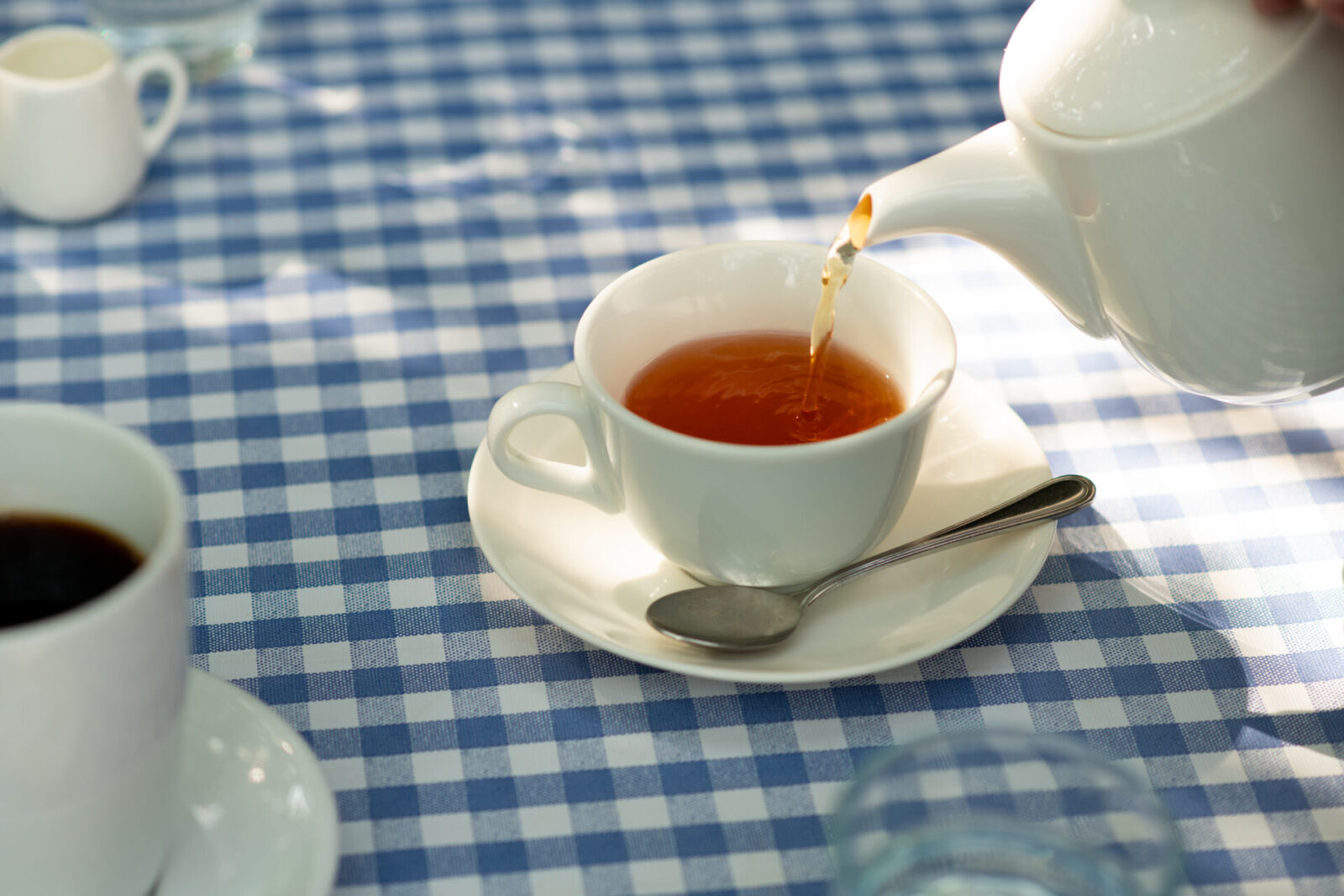
“I tend to think that if I don’t put a wall up between myself and others, there is no wall between us. However, there are times when walls are built because we try to communicate with words.”
“That is why I think it is important to have a lot of non-verbal communication skills. Cooking is one example and so is drawing and music. Tea time is another example.
Okaneya says that tea is like a language that can be communicated without words.
“There are a lot of things that can be communicated through the use of words, but I think a lot of human communication happens non-verbally.”
The desire to learn about unknown places
Okaneya says that as a child she was “bored easily and quit easily.”
She was never particularly fond of cooking, nor did she eat a lot. Although she did not have any idea what she wanted to do in the future, she was always interested in geography.
“I enjoyed learning about the different climates and vegetation in geography class because it allowed me to imagine what life may be like in a country I had never been to.”
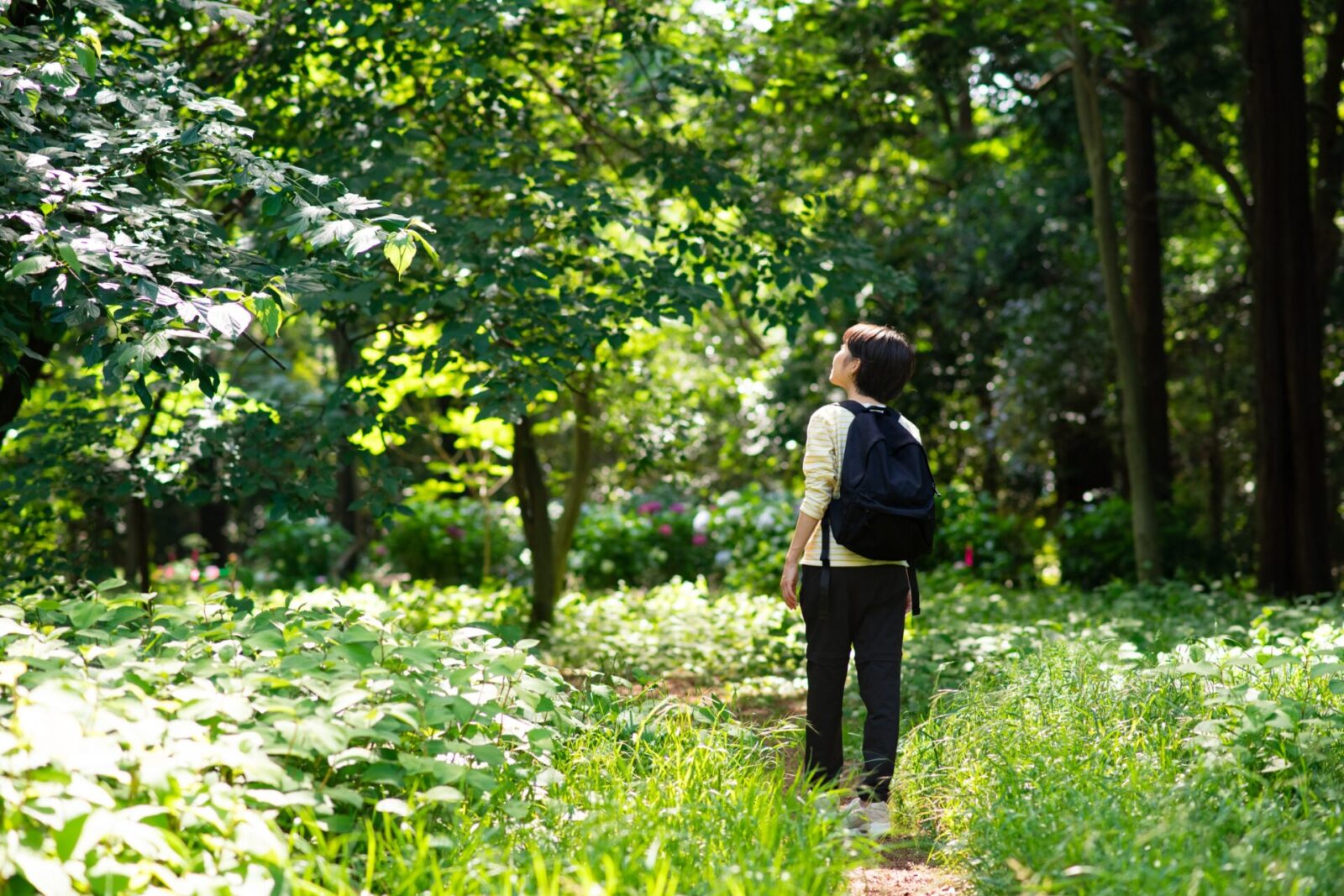
The first time she traveled abroad on her own was when she was a freshman in college. She participated in an international exchange program in Taiwan and the experience sparked her curiosity. After that, she participated in various study tours during her school holidays.
“I often traveled to so-called developing countries. I visited the slums in the Philippines and worked with NGOs in Bangladesh. I had the opportunity to meet with many local people from many different countries. I wouldn’t say I was interested in traveling, rather, I had a strong desire to learn about unknown places.”
Cooking is grand way to bring smiles to people’s faces
As her desire to explore unknown places grew stronger, Okaneya decided that she wanted to work in the field of international cooperation so she decided to major in civil engineering to acquire the necessary skills.
When she was a graduate student, she was offered an internship in Kenya, Africa.
Prior to her visit she believed that improving the local infrastructure and building larger roads to improve the distribution of goods would develop the economy and improve people’s lives. However, the reality that she discovered was very different.
“Houses and schools were being evicted to build the large roads and it was causing a lot of suffering. None of the local people welcomed the change and they were mostly angry and sad. I questioned my desire to spend my life working in the field of development if it meant that I would witness such sadness.”

While spending her days in conflict with her feelings, she found that mealtimes always brought smiles to people’s faces.
“Cooking is only a simple thing compared to making roads and bridges, but anyone can prepare their own food and make people around them happy. I thought that this in itself was an amazing thing.”
Understanding the world through food
Around this time, Okaneya learned about Cookpad, a company for submitting and searching recipes online.
The company’s mission statement was to “Make Everyday Cooking Fun” because “they believe that the world would be a better place if more people cooked.” Okaneya says that her feelings of doubt dissipated when she learned about their mission.
Okaneya began working at Cookpad and started traveling the world to visit family kitchens as part of her fieldwork.
In order to share her experiences she began writing about them on a company blog. Soon the number of colleagues and supervisors who supported her blog increased and she began writing publicly.

In 2020, she published a book called “Exploring the World’s Kitchens” (Sekai no Daidokoro Tanken、published by Seigensha Art Publishing). In 2021 she began working as a free writer and published another book called, “Understanding the World Through Food”(Sekai no Shokutaku kara Shakai ga Mieru, published by Daiwa Shobo).
“As I visited kitchens around the world, I had moments of realization on broader issues that came from questions and observations I made through the kitchen. For example, a dish that was served at dinner may be related to environmental issues or historical events that I learned about in school. I found these discoverings so fascinating that I kept exploring.”
As Okaneya worked closely with the everyday lives of people around the world, she became drawn to the strength of the people who were building their lives with their own hands.
“When you hear about developing countries in the news and tv in Japan, you only get the impression that they are underprivileged people living in poor countries, but I wanted to convey a different perspective that encourages a more positive interest in these people’s worlds. Food is a topic that is relatable to everyone so I want to use it to spark a more wide interest in the world, whether it be political, economical, environmental, historical or cultural.”

Tea becomes delicious when you make it for someone
Okaneya’s stories about tea time around the world were about something more fundamental than simply the flavors of tea or what kind of tea she tasted.
“People sometimes explain to me what kind of tea they made, where it is from or how rare and valuable it is, and although I really appreciate their sentiment, I often don’t remember much of the details.”
“Regardless of what kind of tea it is, I remember the feeling of happiness I get from being welcomed with a cup of tea from someone who doesn’t even speak the same language as me.”
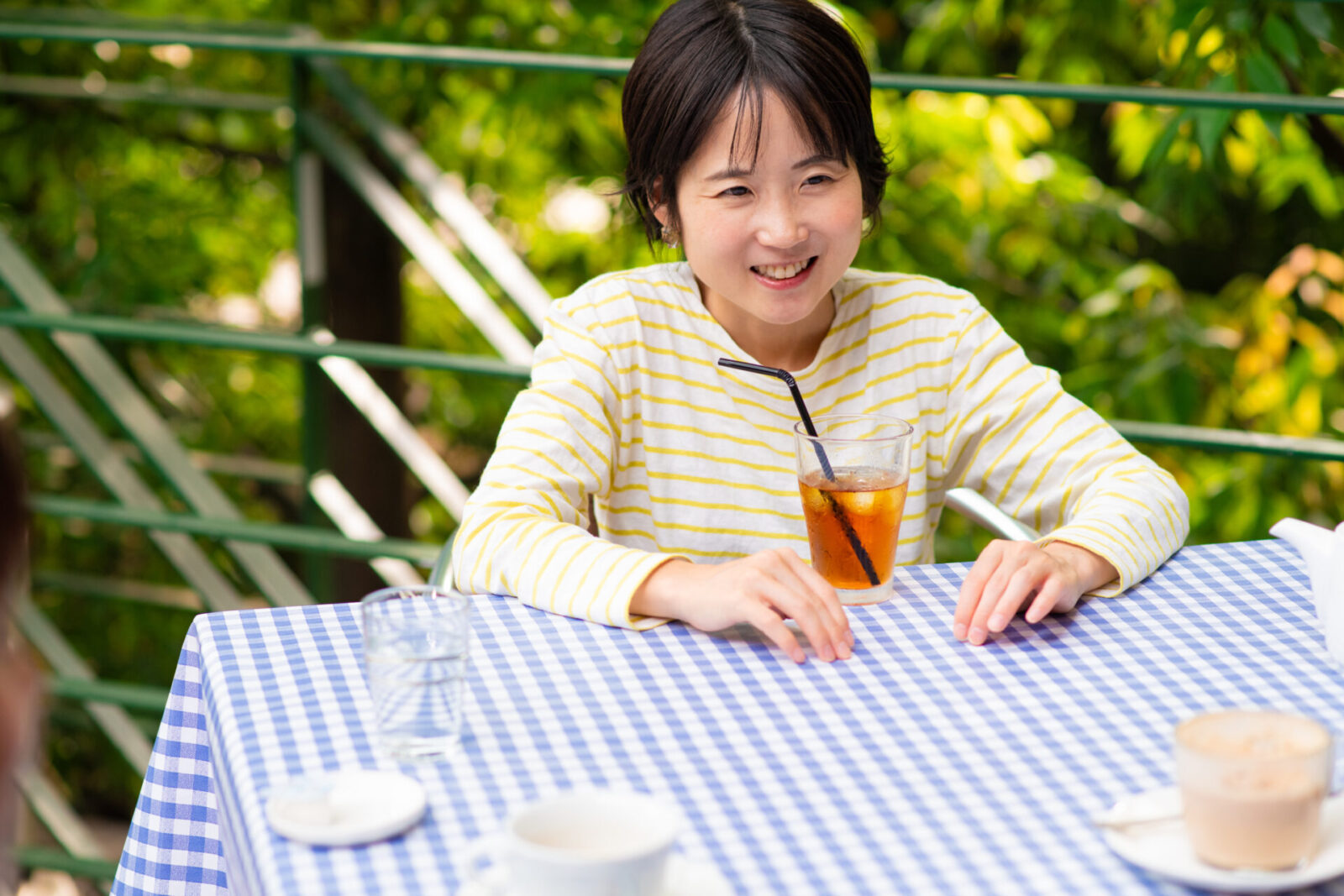
Okaneya is often asked which country’s food she found to be the most delicious, but she says she doesn’t like answering this question because what people find to be delicious is different with each individual.
Okaneya says that cooking food with a local person or thinking about someone while cooking is what makes food “the most delicious.”
“My judgment of what makes delicious food is connected to how that food is connected to people. No matter what country or region, there is no best or second best food when a dish is prepared for the sake of someone else. I savor the food with respect and gratitude to the cook who prepared it.”
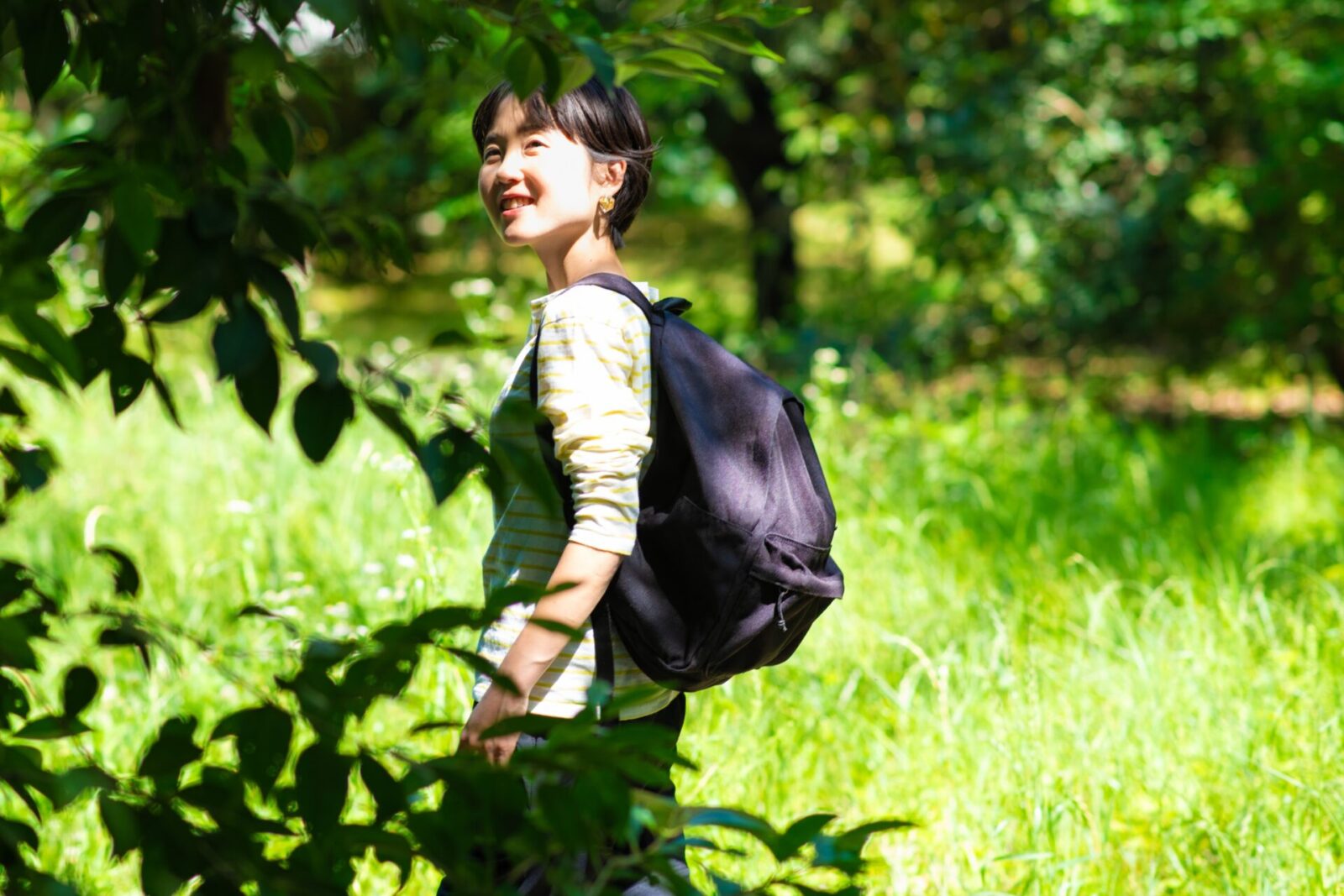
Okaneya has met many inspiring and wonderful people around the world through food and tea.
“Learning about the world frees you from prejudices and assumptions about how the world “should” be. I believe that having even a little interest in places that are different from your own will make the world a better place. If food becomes a gateway for more people to become more interested in the world, I would be very happy.”
Special thanks:La Ventura
Translation: Sophia Swanson
Advisor to corporations, and local governments on promoting local tourism. Published work includes, “Aomori & Hakodate Travel Book” (Daimond), “San’in Travel: Craft and Food Tour” (Mynavi), “A Drunkard’s Travel Guide: Sake, Snacks, and Tableware Tour” (Mynavi). Her life work is to explore towns in her travels, drink at different shops and visit the workshops of different crafts. Interests include tea, the Jomon period, architecture, and fermented foods.
Editor. Born and raised in Kagoshima, the birthplace of Japanese tea. Worked for Impress, Inc. and Huffington Post Japan and has been involved in the launch and management of media after becoming independent. Does editing, writing, and content planning/production.
